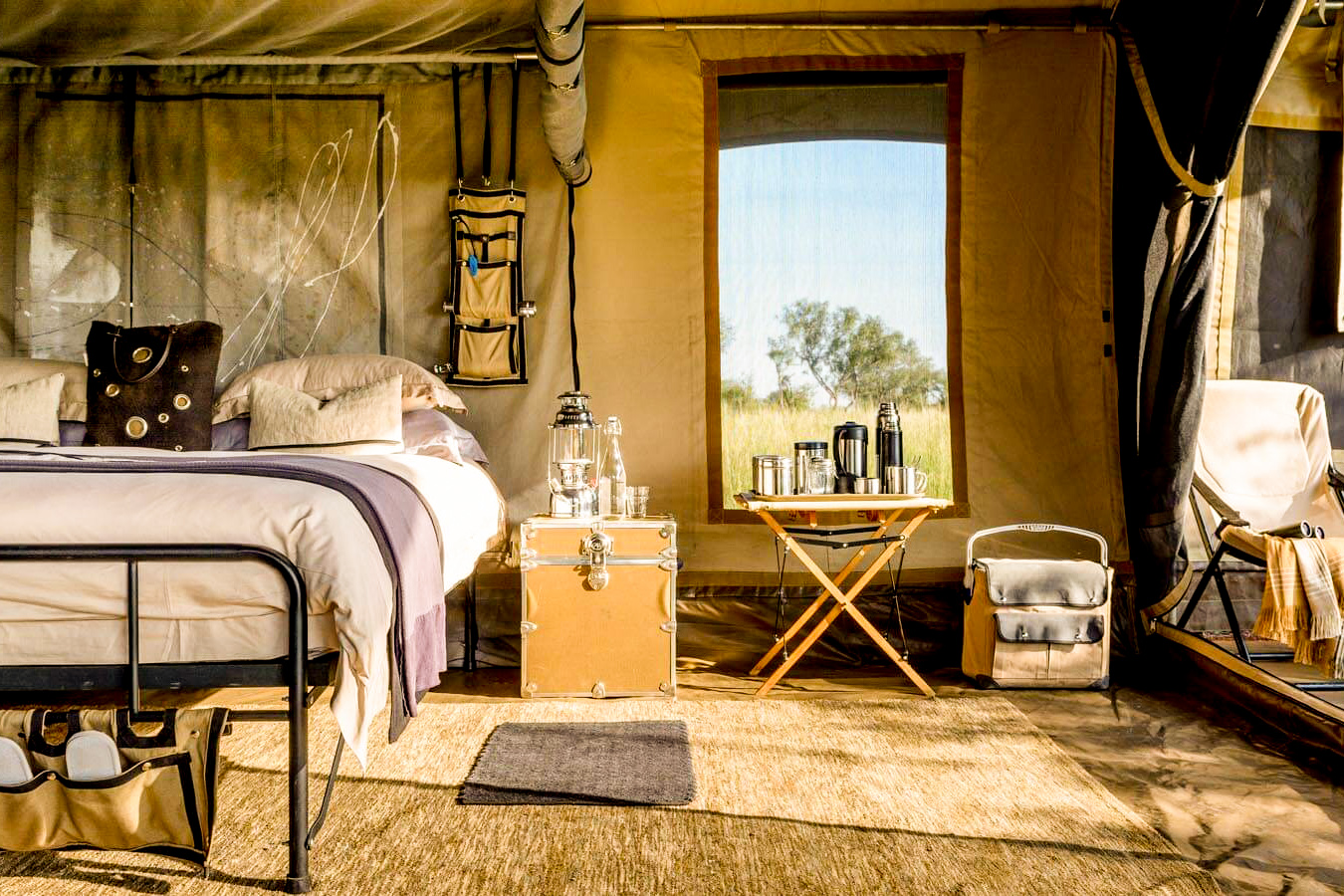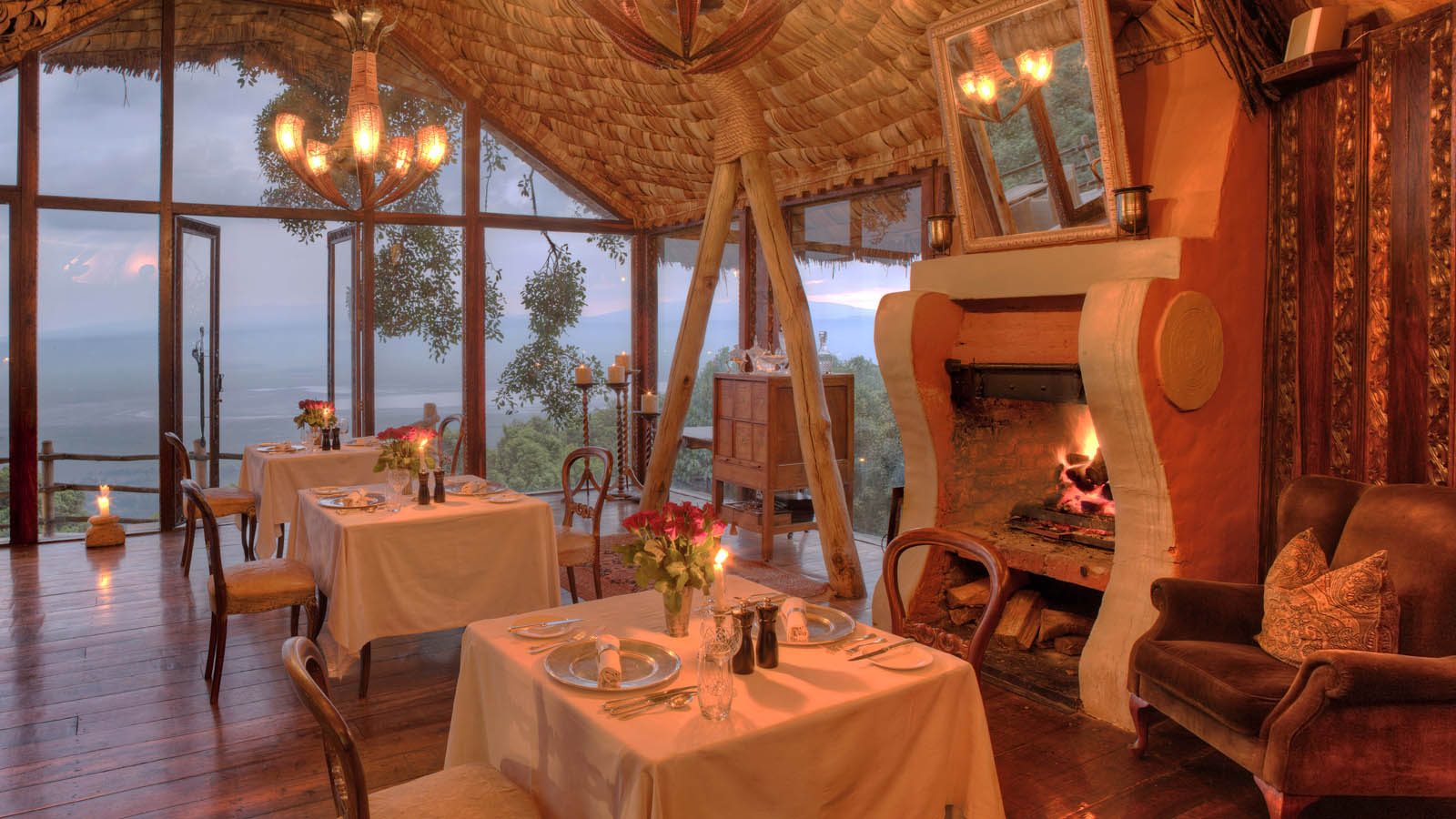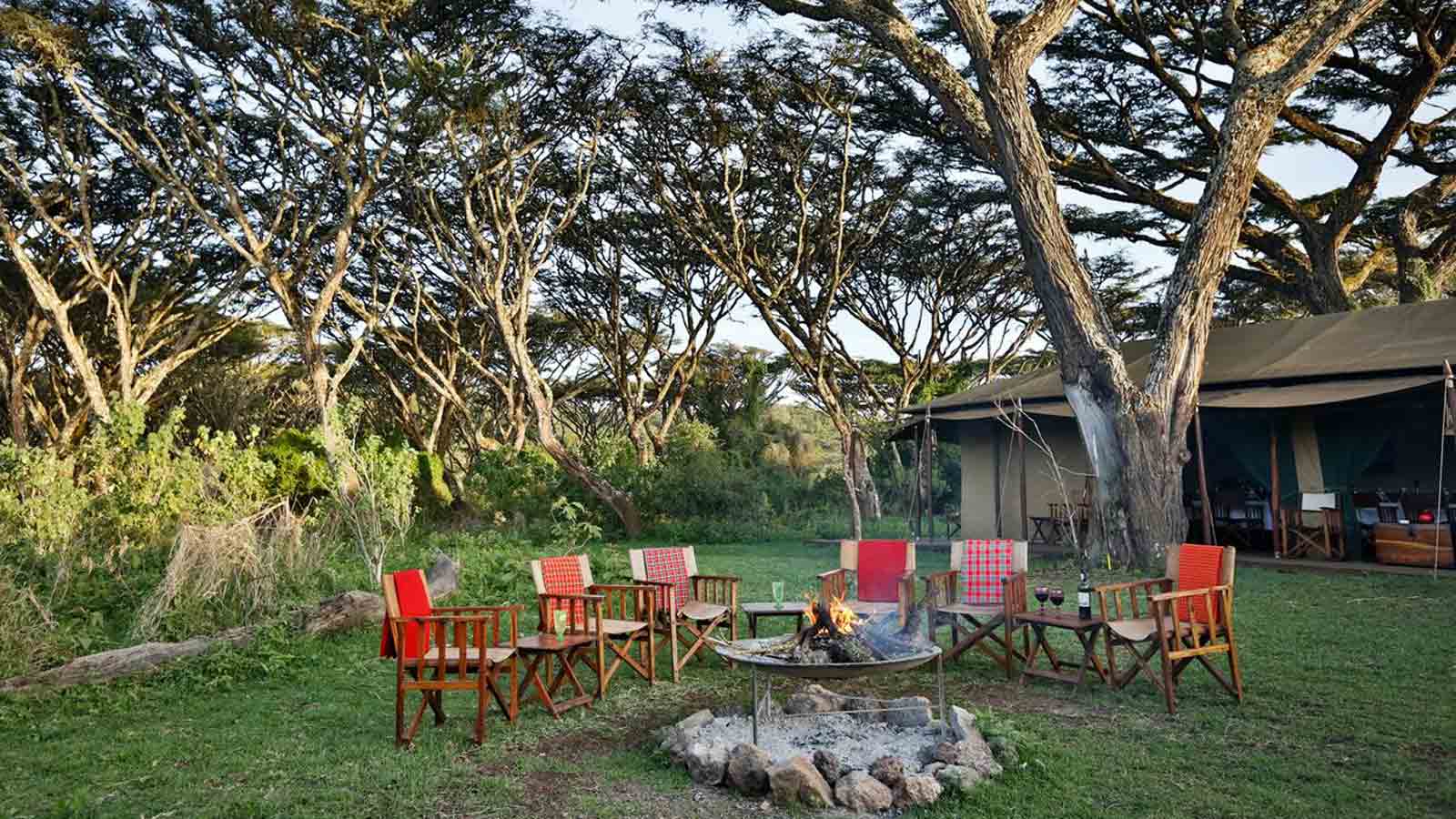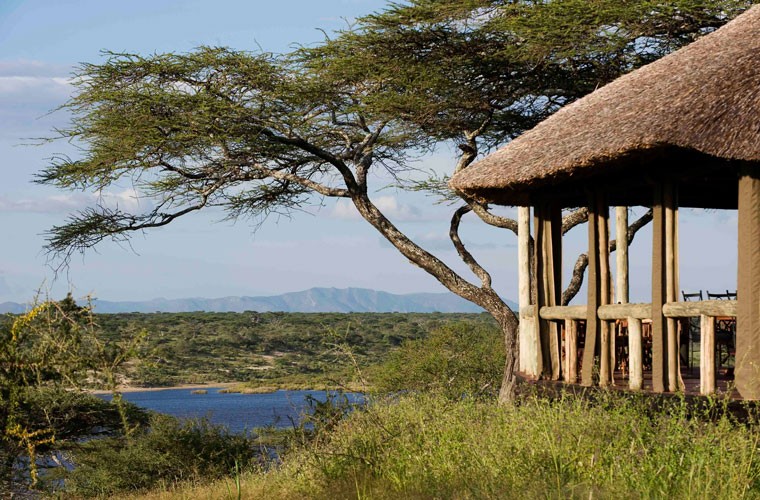The Great Wildebeest Migration
Great Migration
The Natural Phenomenal
Great Migration Safari Holidays:
-
Where and When to See the Great Migration
You can witness the Great Migration in Tanzania all year round. The wildebeest, zebras, and gazelles migrate in a circular pattern around Serengeti National Park. Here's a breakdown of where the wildebeest typically are at different times of the year:
- July – October: The wildebeest is in the northern Serengeti plains. This is the prime time to see them crossing the Mara River, a dramatic and highly desirable sight.
- December – March: The wildebeest are in the southern Serengeti, especially in Ndutu, part of the Ngorongoro Conservation Area. This is calving season, and February is the best time to see the big herds together.
- November, April, May, and June: These are transitional months. November has short rains, while April and May have long rains. The wildebeest are more dispersed during these times, following the greener grass.
Understanding the Migration
- Purpose: The wildebeest migrate to follow the rainfall and find greener pastures. Their journey starts in the southern Serengeti for calving and moves northward.
- Unpredictability: The migration is generally from south to north and back, but the herds often zigzag, making it difficult to predict their exact location.
Key Migration Facts
- Annual Journey: Over 1.5 million wildebeest, along with hundreds of thousands of zebras and other antelopes, move in a clockwise direction through the Serengeti, covering around 500 kilometers.
- Predators: The journey is dangerous, with predators like lions, cheetahs, and crocodiles lying in wait.
- Best Viewing: July to October offers the best chance to see river crossings in northern Serengeti, which has fewer tourists compared to the Masai Mara in Kenya.
Great Migration Safari Holidays
Where to Stay for The Great Migration in Tanzania Mobile Camps
To experience the heart of the Great Migration, the best option is to stay at one of the Serengeti's famous mobile camps. These camps move throughout the year to follow the wildebeest and zebra herds. Here are some top mobile camps:
- Nomad Tanzania's Serengeti Safari Camp and &Beyond's Serengeti Under Canvas: These camps are truly mobile, relocating multiple times a year to stay close to the herds.
- Alex Walker's Serian, Asilia's Olakira, Ubuntu, and Kimondo: These camps move twice a year, offering excellent mobile operations from July to November and from December through March. They are closed for the rest of the year.
Permanent Lodges
If mobile camps seem too adventurous, the Serengeti also has various permanent lodges that provide all the comforts you need while offering good locations to see the herds. Here’s an overview of the herds' movements and the best lodges to stay at during different times of the year:
December to March
- Location: Southern Serengeti and Ngorongoro Conservation Area (around Lake Ndutu).
- Best Lodges: Ndutu Lodge and Kusini (Ndutu Lodge is good throughout the period, while Kusini is best towards the end). Asilia's Dunia Camp is also a good option in early December and late March.
April to May
- Location: Southern Serengeti plains moving northwards.
- Best Lodges: Asilia's Dunia Camp, central Serengeti hotels like Serena or Sopa. Early herds might reach the Grumeti River Camp, Kirawira, and Mbalageti Lodge in the Western Corridor.
June and July
- Location: Western Corridor to northern Serengeti.
- Best Lodges: Grumeti River Camp, Faru Faru, Sasakwa, Sabora, Singita Explore, Mbalageti Lodge, Kirawira for the Western Corridor. Migration Camp in Northern Lobo and Kogatende lodges like Serengeti Lamai and Sayari Camp in late July.
August to October
- Location: Northern Serengeti (Kogatende) and Kenya’s Masai Mara.
- Best Lodges: Kogatende lodges such as Serengeti Lamai and Sayari Camp. The herds are less crowded here compared to the Masai Mara, providing excellent opportunities to see river crossings.
November
- Location: Moving south towards Ndutu plains.
- Best Lodges: This is a transitional period and can be tricky to predict. However, by early December, the herds are usually back in Ndutu for calving.
Important Note
The Great Migration is highly dependent on rainfall, and the wildebeest are not entirely predictable. While staying at a camp in the right area for the season improves your chances of witnessing the migration, there are no guarantees.
For the best experience and up-to-date advice on the migration’s current location, it’s always best to speak with a safari expert.
Plan your Great Migration safari holiday now and ensure you have the best chance to witness this incredible natural spectacle!





Experience the Great Migration Safari in Tanzania
Witness one of nature's greatest spectacles with a Great Migration Safari in Tanzania. Over two million wildebeest, zebras, and gazelles move through the Serengeti in search of green pastures. This breathtaking event is a must-see for any wildlife enthusiast.
Start Planning Your Great Migration Safari Today!
Don't Miss Out!
Frequency Asked Question About Wildebeest Migration
- A: The Great Migration is the annual movement of over two million wildebeest, zebras, and gazelles across the Serengeti in Tanzania and the Masai Mara in Kenya. This natural spectacle occurs as these herds search for fresh pastures and water.
A: Yes, the herds move into Kenya’s Masai Mara from July to October. However, the majority of the migration occurs in Tanzania’s Serengeti.
A: Mobile camps are excellent for staying close to the action. Notable ones include:
- Nomad Tanzania’s Serengeti Safari Camp
- &Beyond’s Serengeti Under Canvas Permanent lodges such as Ndutu Lodge, Kusini, and Dunia Camp offer great options for comfort and location.
A: The wildebeest migrate in search of fresh grazing and water, following the seasonal rainfall patterns across the Serengeti and Masai Mara ecosystems.
A: While river crossings can be witnessed between July and October, they are unpredictable. Wildebeest can cross the rivers multiple times or change direction, making the exact timing uncertain.
A: Staying at mobile camps that move with the herds increases your chances. Consulting with safari experts and choosing lodges in prime locations for the time of year will also enhance your experience.
A: Essentials include:
- Light, breathable clothing for daytime
- Warm layers for cooler mornings and evenings
- Binoculars and a good camera
- Sunscreen, hat, and insect repellent
- Comfortable walking shoes
A: To book a Great Migration safari, follow these steps:
- Research: Learn about the migration patterns and decide which part of the event you want to witness.
- Choose a Time: Select the best time of year based on what you want to see (e.g., river crossings, calving season).
- Select Accommodation: Decide between mobile camps and permanent lodges. Mobile camps like Nomad Tanzania’s Serengeti Safari Camp and &Beyond’s Serengeti Under Canvas offer close proximity to the herds.
- Consult Experts: Contact a safari specialist to help tailor your trip. They can provide detailed advice on the best locations and times to visit.
- Book Flights: Arrange your flights to and from Tanzania. Most international flights arrive in Arusha or Kilimanjaro International Airport.
- Reserve Safari Packages: Book your safari package through a trusted tour operator. They will handle accommodations, guides, and transportation within the parks.
- Prepare for Travel: Pack appropriately, ensuring you have all necessary travel documents, vaccinations, and gear.
For more information and to book your unforgettable Great Migration safari, visit our website or give us a call. Our experts are ready to help you plan the adventure of a lifetime!
Our Partners





